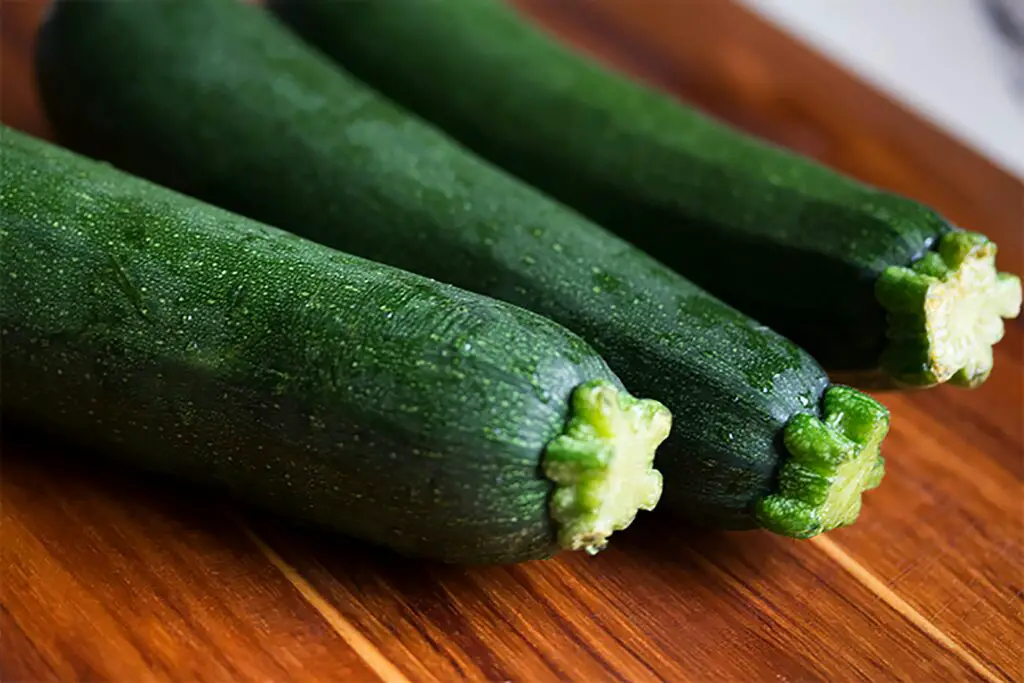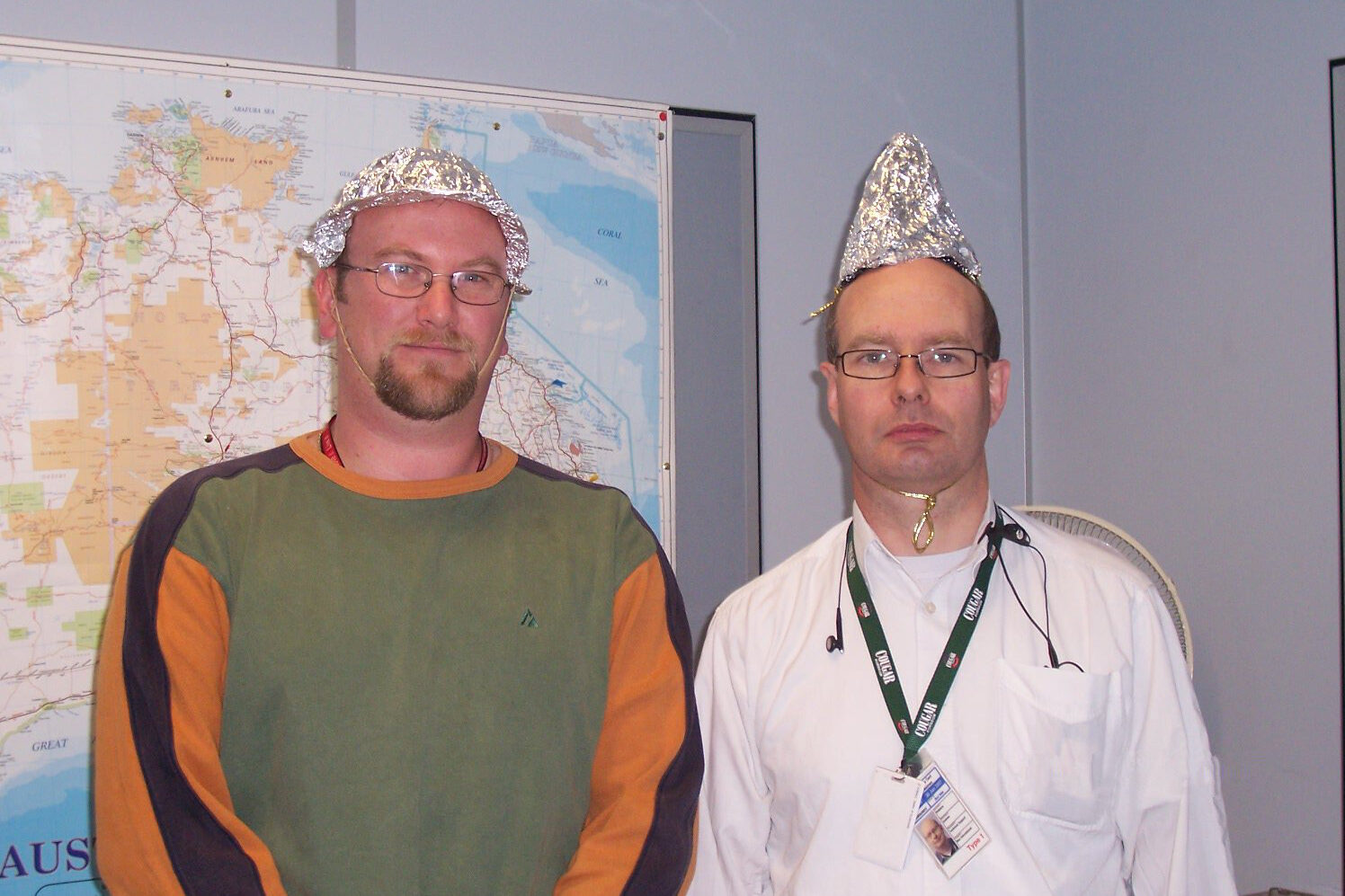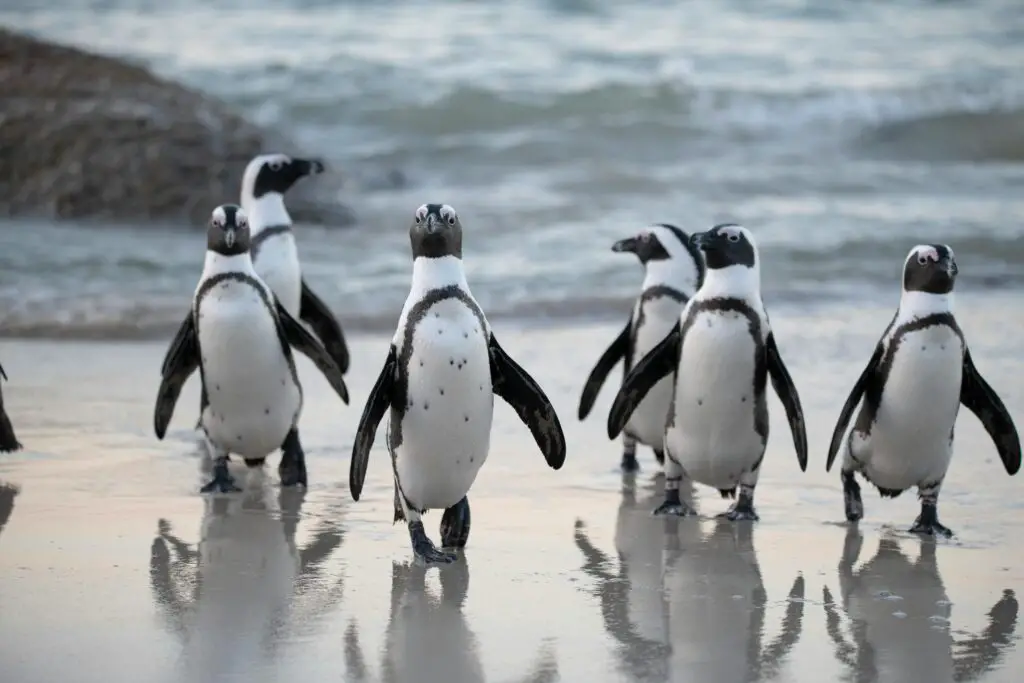1. National Sneak Some Zucchini onto Your Neighbor’s Porch Day

In the 1990s, a quirky holiday caught the attention of gardeners and pranksters alike. National Sneak Some Zucchini onto Your Neighbor’s Porch Day was celebrated every August 8th and encouraged people to anonymously leave baskets of zucchini on their neighbors’ doorsteps. The holiday was born out of the abundance of the vegetable in late summer and was a humorous way to share the harvest—whether they wanted it or not. While it started off as a lighthearted tradition, it gained a quirky cult following, with people going to extreme lengths to sneak zucchinis onto porches, porches, and even carports.
Despite the fun spirit of the event, it eventually fizzled out. Zucchini just wasn’t enough to sustain the holiday, and the joke lost its charm as people began to tire of the vegetable. What started as a humorous way to tackle the overabundance of zucchini ended up disappearing from public consciousness, but not before it left a trail of smiling neighbors—and some very confused ones too.
2. National Public Sleeping Day

Imagine a day dedicated entirely to taking naps in public spaces. That was the idea behind National Public Sleeping Day, a holiday that emerged in the early 2000s, celebrating the art of falling asleep wherever you could. Whether it was in the library, a park bench, or even during a lunch break at work, this day encouraged people to embrace their sleepiness in public spaces. While it didn’t take off as a national event, it gained some popularity in specific circles who wanted to break away from the fast-paced world and just rest.
The holiday fell into oblivion largely due to societal expectations and workplace cultures that frown upon naps, especially in public. It was a fun idea, but too controversial for some to support. In the end, the rise of “power naps” replaced this more rebellious form of relaxation, leaving National Public Sleeping Day a forgotten part of history.
3. National Hula Hoop Day

Back in the 1950s, hula hooping was all the rage, with kids and adults alike enjoying the simple joy of spinning the colorful plastic ring around their waist. In 1958, National Hula Hoop Day was created to celebrate this fun and energetic activity. Schools held contests, and the hula hoop manufacturers enjoyed a boom in sales as everyone wanted to join in. It became more than just a fad—it was a cultural phenomenon, with hula hooping appearing in television shows and movies. The holiday brought people together, celebrating not just fitness, but the carefree spirit of the era.
Unfortunately, the hoop’s popularity eventually waned as new trends and technologies took its place. Though hula hooping still exists today, National Hula Hoop Day quietly vanished, leaving behind only nostalgic memories of simpler times and hours of spinning circles in the backyard.
4. National Lead Pencil Week

Before the world was overtaken by digital devices, there was a time when writing with a pencil was a cherished art form. In the early 20th century, National Lead Pencil Week was created to honor the humble pencil, which was seen as an essential tool for students and professionals alike. For a week each year, schools and offices celebrated by offering special discounts on pencils and hosting writing contests. Some communities even held pencil-themed parades, where people would march while holding their favorite pencils high.
Sadly, as technology advanced and the world embraced keyboards and touchscreens, the humble pencil began to lose its grip on the public imagination. The holiday eventually slipped into obscurity, with few people even remembering it existed. Despite this, many still harbor a special place in their hearts for the pencil, even if its holiday has long since been forgotten.
5. National Tinfoil Hat Day

National Tinfoil Hat Day, which falls on May 15th, was once a lighthearted celebration of the quirky idea that wearing a tinfoil hat could protect people from mind control or alien interference. Inspired by conspiracy theories, the holiday encouraged people to don their best foil hats and parade around, proudly showing off their designs. The event even included competitions for the most creative and elaborate headgear, bringing people together to poke fun at the bizarre beliefs of conspiracy theorists.
While it started as a fun and satirical holiday, National Tinfoil Hat Day faded away as it became seen as insensitive. Over time, the growing awareness of mental health issues and the delicate balance between satire and respect for others’ beliefs led to its decline. It’s still occasionally remembered as a humorous moment in pop culture, but the day has not been widely celebrated in years.
6. National Kick a Tree Day

If you’ve ever been frustrated by nature, National Kick a Tree Day might have sounded like a great outlet for your anger. Celebrated on April 7th, this holiday was originally created to encourage people to express their frustrations in a physical yet harmless way by kicking a tree. While it might sound a bit strange now, the holiday gained attention in the late ’80s as a form of catharsis, and people took part by venting their frustrations on the nearest tree. The event was especially popular with teenagers, who found humor in the idea of an “official” reason to kick trees.
Eventually, environmental concerns and animal rights groups began to raise awareness about the harm such a practice could cause to trees. As people became more eco-conscious, National Kick a Tree Day was abandoned, becoming one of those odd holidays that was quickly left behind. Despite its short-lived existence, it served as an example of how trends can quickly evolve—and then disappear just as fast.
7. National Penguin Awareness Day

For a brief period in the late ’90s, National Penguin Awareness Day was created to celebrate and raise awareness of the beloved, tuxedo-wearing birds. Celebrated every January 20th, the holiday encouraged people to learn about penguin species, their habitats, and the threats they faced. Schools and zoos often held special events, offering fun facts and interactive activities about penguins, while also raising funds for conservation efforts to protect them. It became especially popular in the wake of the 2005 hit movie March of the Penguins.
However, as time passed and the novelty of the penguin-themed celebrations wore off, the holiday eventually faded into the background. Though penguins remain a popular subject in conservation efforts, the day no longer commands the attention it once did. But every year, penguin lovers still keep the spirit of the day alive in their own way, even if the official recognition has long since disappeared.
8. National Switch Day

In 1978, National Switch Day was created as a fun way to encourage people to switch roles for a day—whether it was swapping jobs, switching sides of the bed, or trying out a completely new lifestyle. The idea was to experience a day in someone else’s shoes, promoting empathy and understanding. The holiday caught on for a while, with people exchanging duties and taking on new challenges, whether it was swapping professional roles or simply changing their routine. It was seen as a way to break from the ordinary and shake up everyday life.
Sadly, it didn’t take long for people to realize that switching things up wasn’t always as enjoyable as it sounded. The chaos and confusion that followed led many to abandon the holiday, and National Switch Day quietly vanished into history. Today, it’s mostly remembered as a strange attempt at promoting personal growth through unconventional means.
